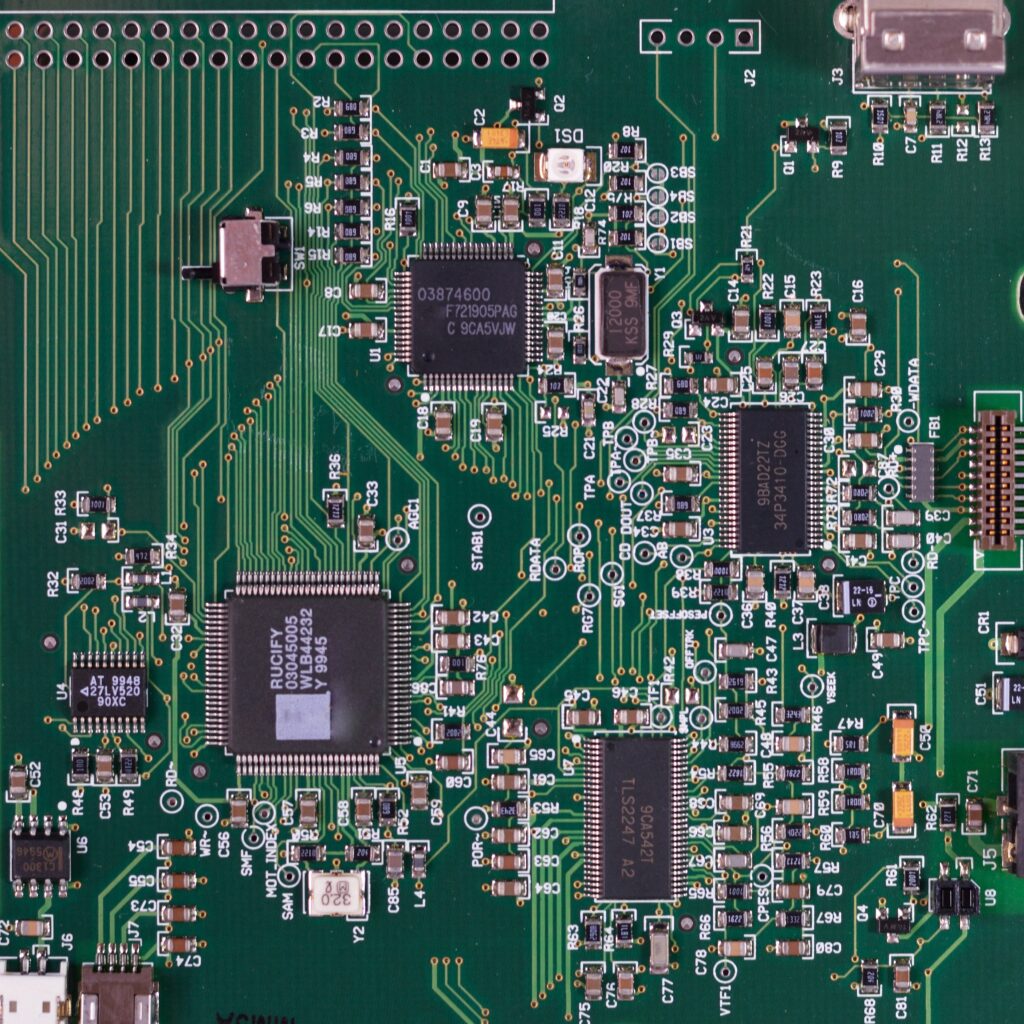Introduction: Innovation in assistive technology is transforming the lives of individuals with autism spectrum disorder (ASD). These technological advancements are breaking down barriers, enhancing communication, and fostering independence for individuals on the autism spectrum. In this blog post, we’ll explore some of the remarkable innovations in assistive technology and their positive impact on the autism community. Assistive Technology in Autism.

Communication Aids:
- Augmentative and Alternative Communication (AAC) Devices: AAC devices, including speech-generating devices and communication apps, empower non-verbal or minimally verbal individuals with autism to express themselves effectively.
- Visual Communication Systems: Picture exchange systems, such as PECS, and digital visual schedules assist individuals with autism in understanding and following daily routines and activities.
Sensory Tools:
- Sensory-Friendly Apps: Mobile apps designed to provide sensory experiences, calming visuals, and auditory stimulation can help individuals with sensory sensitivities self-regulate.
- Noise-Canceling Headphones: Noise-canceling headphones can reduce auditory overload and help individuals on the autism spectrum manage sensory challenges in noisy environments.
Wearable Devices:
- GPS Tracking Devices: Wearable GPS trackers offer peace of mind for families and caregivers, ensuring that individuals with autism can be located in case they wander.
- Smartwatches: Smartwatches with customizable features, reminders, and visual schedules can assist individuals with autism in managing their daily routines and tasks independently.
Virtual Reality (VR) and Augmented Reality (AR):
- Social Skills Training: VR and AR programs provide immersive environments for practicing social interactions, helping individuals with autism improve their social skills.
- Sensory Therapy: VR experiences can be tailored to provide sensory therapy, helping individuals desensitize to sensory triggers in a controlled and supportive setting.
Educational Tools:
- Tablet Apps: Educational apps designed for tablets offer interactive learning experiences, supporting academic and cognitive development.
- Adaptive Learning Software: Adaptive software adjusts content based on an individual’s progress, making learning more personalized and effective.
Robotic Assistants:
- Social Robots: Socially assistive robots, equipped with facial recognition and expressive features, help individuals with autism practice social interactions and communication in a non-threatening environment.
- Educational Robots: Robots designed for educational purposes can engage individuals with autism in learning activities, such as teaching math or coding.
Future Possibilities: As technology continues to advance, the possibilities for assistive technology in the autism community are limitless. Innovations may include personalized AI-driven interventions, advanced communication devices, and more immersive therapeutic experiences.
Conclusion: Innovations in assistive technology are making a profound impact on the lives of individuals with autism. These tools empower individuals to communicate, learn, and engage with the world on their terms. As technology continues to evolve, it holds the promise of further enhancing the quality of life and opportunities for those on the autism spectrum, helping them achieve their full potential.
For more information and resources on autism, visit our website at www.fsautismcen.org. Together, we can navigate this journey with knowledge, understanding, and unwavering support.

